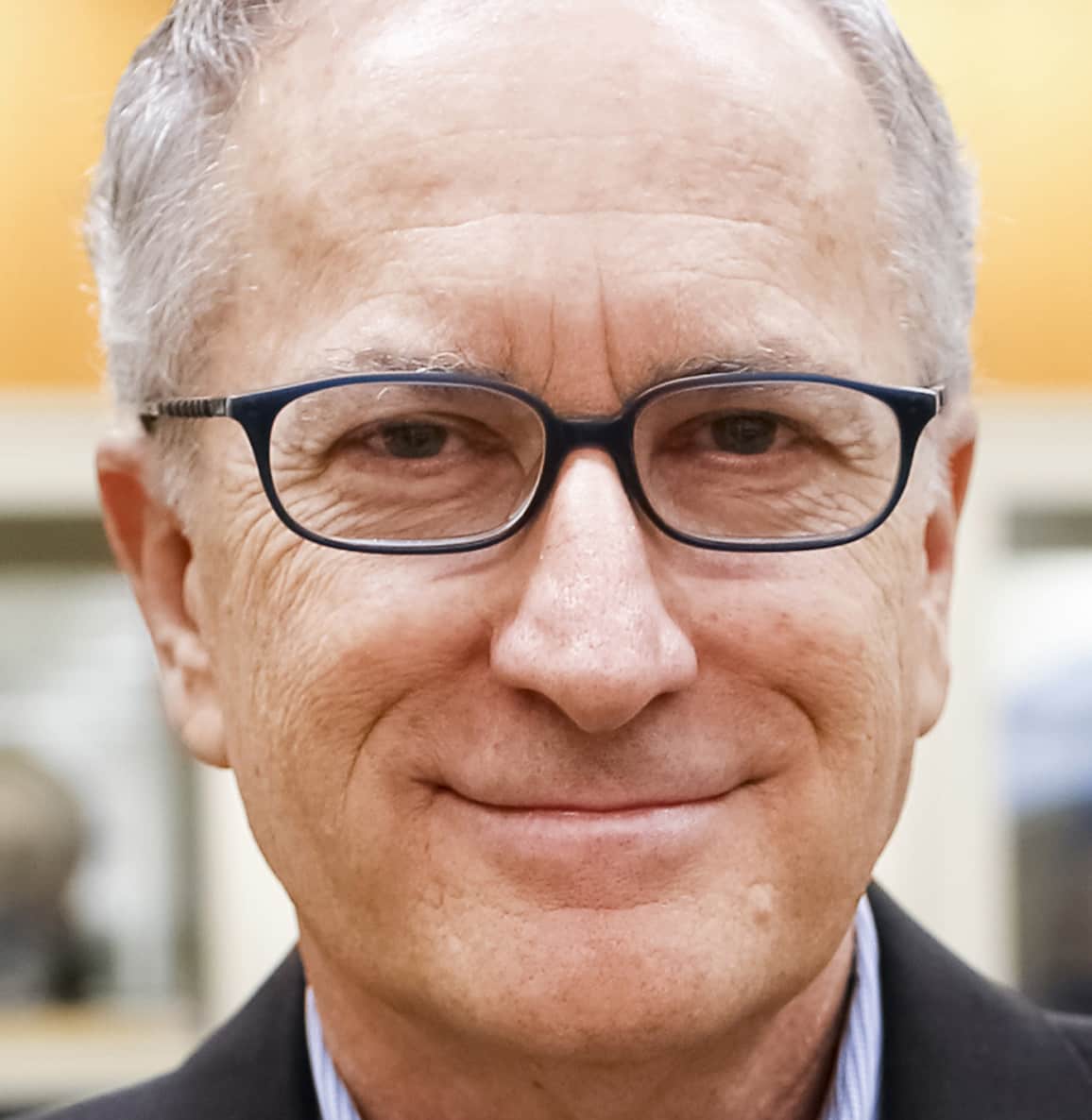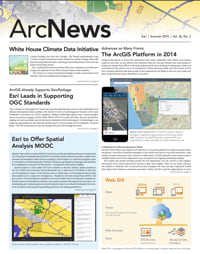Online teaching and learning is poised to radically change the institutional structures and traditions of education in the United States and worldwide. The advent of Massive Open Online Courses (MOOCs); the growing and widespread implementation of online teaching at all levels of education; and new, free and open-access publishing requirements for most scholarly research are combining to create the “perfect storm” preconditions for seismic shifts in our educational systems. These changes are already impacting geography, GIS, and geospatial education, as well.
How will the trends impact traditional educational offerings? In what ways might new online educational technologies improve access and new learning opportunities, and what might be lost in the process? What is the promise of the online transformation in education, and what unintended consequences might it entail?
Most geography departments and many other university programs currently offer an extensive array of GIS and related geospatial technology courses, ranging from introductory and applications-specific classes to advanced GIScience courses that address cutting-edge research, complex dynamic systems, spatial modeling, and cyber GIS infrastructure approaches to geographic information sciences and technologies (GIS&T). The number of online GIS and related geospatial courses within geography departments is also rapidly growing. Most of these online courses offer college credits for undergraduate or master’s-level college degrees, while others provide certificates of achievement.
New Opportunities: Obviously, online education offers significant promise in terms of access, scale, and lower-cost provision of educational courses. It offers access to those who cannot afford the high tuition and living costs of many universities today. It also is a powerful way to reach students in developing regions around the world, many of whom have little access to higher education. It also will play a role in expanding adult education and for ongoing professional development. Online courses crafted specifically for specific employment requirements and for vocational and technician employment opportunities will also fill an important gap in current educational offerings. And for those who simply wish to explore a particular field, it offers a low-cost and convenient way to learn more about nearly any topic.
With continued research, it is likely that collaborative educational technologies and teaching methods will create more interactive and personalized online courses. Content will proliferate and address nearly every subject now taught in the classroom, and online pedagogy and student learning assessment procedures will be developed to function well within the online learning environment.
Potential Structural Consequences: What are some of the potential structural consequences of the online education explosion that we might want to think about, address, adjust to, or shape as these seismic shifts take place in traditional education over the next few decades?
Shift to the Private Sector: Because multiple education business models are changing simultaneously, including free, open access to research and publications of academics, as well as weakened copyright protection models for academic scholarship and curricular materials, in addition to the new Internet technology delivery systems for online education, I anticipate there will be a significant shift in the provision of educational services from existing colleges and universities to the for-profit private sector. The combination of free product (open access online courses, MOOCs, curricular materials, supplemental readings now including free academic journal articles, etc.) and free delivery systems (the Internet) will be attractive to private companies. These companies soon will be able to sell content developed by academics without having to create or purchase these open-access educational products themselves and can also avoid the brick-and-mortar facilities and other costs of universities, providing them with a competitive edge in the provision of educational services vis-à-vis many traditional colleges and universities, which must bear both of these costs.
Concentration of Higher Education: Online education approaches will also likely foster a concentration of university higher education in the United States to large, central state universities and to more prestigious universities. This shift to economics of scale or prestige recognition will entail closing many smaller colleges and regional state colleges, or their conversion to satellite tutoring centers for online courses provided from larger universities or private companies. Accompanying this trend will be the hiring of fewer senior or tenured faculty nationwide and an increase in the existing reliance on contingent faculty and, in the case of online courses, on tutors.
The Student Experience: While it is clear that online education is advancing in both technology and pedagogy and aspires to a “human” experience, many remain concerned about networking and the social and intellectual development that can be an important part of the student campus experience. While campus-based education is characterized as a luxury by some these days, it is important that online education not become the only route for students without financial means. It is often the less privileged student who may benefit most from face-to-face learning. Also, learning in the context of related courses and within a broad and diverse intellectual environment cannot easily be replicated in an online-only setting. For example, an education in GIScience may be greatly enhanced in the context of a broader education in both related and less-related fields (e.g., statistics and geographic concepts, certainly, but also the humanities or environmental science).
It is clear that the online education transformation is here to stay and that it offers tremendous potential and opportunity, particularly if we shepherd it carefully and shape it with thought given not only to all that it can achieve but also to what it may not be able to achieve.
Doug Richardson


